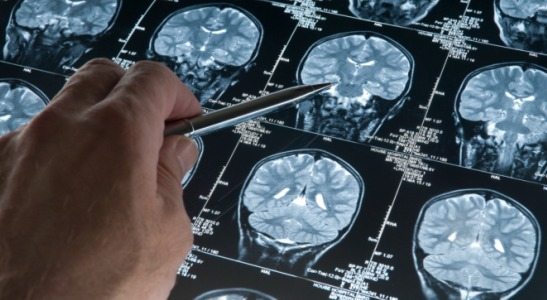For decades, the devastating effects of repeated concussions on the health of professional athletes was a well-kept secret – until it exploded into a national controversy. As investigative journalists reported scientific evidence of the long-term impact of head injuries on NFL players, the focus soon shifted to high school athletes. How could we protect their health and safety?
Arizona was an early adopter of protection for high school athletes. In 2011, the state legislature passed a law requiring coaches to remove high school athletes from play if they even so much as suspect a concussion. The law requires that the athlete must obtain written clearance from a medical professional, like a physician or athletic trainer, in order to return to the sport.
State legislators also called for preventive measures that would make it mandatory for high school coaches, students and parents to complete concussion-education programs. To comply with the law, the Arizona Interscholastic Association deemed that every high school athlete in the state must complete Barrow Brainbook. This interactive, online training was developed in part by Barrow Neurological Institute at St. Joseph’s Hospital and Medical Center in Phoenix.
But the real brains behind Barrow Brainbook belong to Arizona State University educational technology doctoral student Robert Christopherson.
“Over 180,000 high school athletes in the State of Arizona have benefitted from the knowledge of Robert Christopherson,” said Dr. Javier Cárdenas, neurologist and brain injury expert who is director of St. Joseph’s B.R.A.I.N.S. Clinic. “Robert’s expertise in educational technology is the primary reason Barrow Brainbook has not only successfully taught high school athletes about concussion dangers, but has become the most successful concussion education program in the country.”
When he began his research, Christopherson noticed immediately that most available concussion education programs targeted coaches and parents, but few addressed the athletes themselves. From the start, he said the directive from Cárdenas was empowering youth to assess the situation and be part of the decision-making process. Today, Barrow Brainbook remains the only concussion education program in the nation directed at high school athletes.
To engage the young athletes, Christopherson considered social media for two reasons. First, research showed that student behavior online and in classrooms was becoming increasingly similar. Second, it was important to deliver concussion instruction close to where the head injuries happen. Teaching the athletes on the football field was not an option, so the researcher had to come up with an equally effective venue.
“So we decided to make a pseudo-Facebook,” he explained. “We created an environment that looks like Facebook, has a lot of the same social network interactions and includes characters that represent those people who influence the athletes most – peers, role models including NFL players and college athletes, and doctors.”




